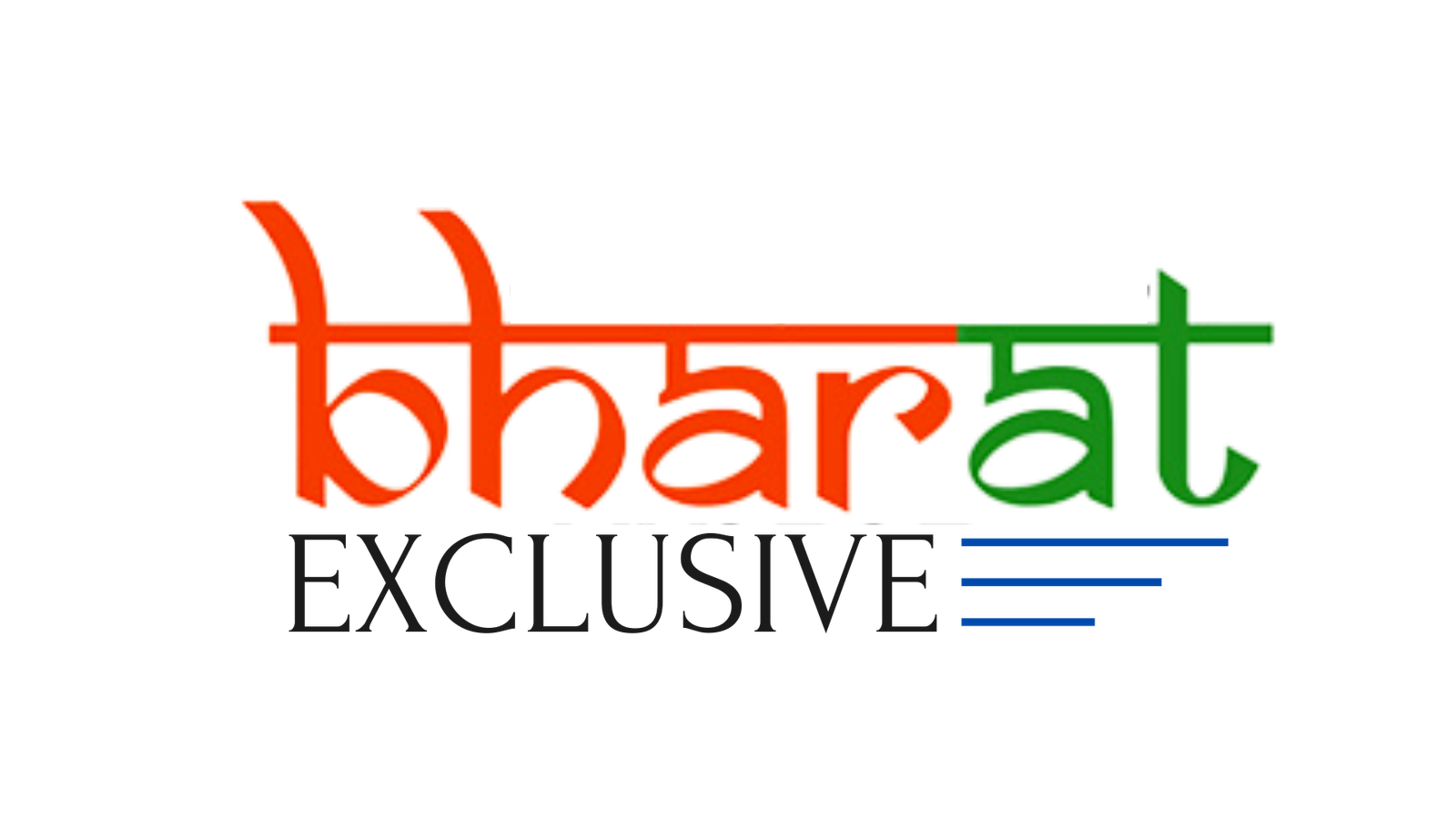For those following a vegetarian lifestyle, getting enough iron may seem challenging but it doesn’t have to be. Iron is crucial for carrying oxygen in the blood and supporting healthy muscle and brain function. Thankfully, nature provides a variety of iron-rich plant-based foods that are just as effective as meat-based sources when combined properly in your diet.
Here are seven iron-loaded vegetarian foods that can help you stay active, healthy, and vibrant without compromising your values.
Power Up with Edamame
These young green soybeans are more than a tasty snack they’re a fantastic source of plant-based iron, offering about 3.5 mg per cup. Alongside iron, edamame provides antioxidants, protein, and fiber.
Serve it as: a side dish, a salad ingredient, or a light evening snack with a dash of sea salt.
Oats: Your Everyday Iron Boost
One of the easiest ways to up your iron intake is by adding oats to your daily meals. One cup of cooked oats offers roughly 2 mg of iron. Pairing them with fruits high in vitamin C, such as strawberries or kiwi, enhances iron absorption.
Ideas to try: overnight oats, oat smoothies, or even savory oat porridge.
Spinach: The Green That Delivers
Spinach is often praised for its nutrient density, and for good reason. Cooked spinach provides close to 6 mg of iron per cup. It’s also packed with vitamin C, which helps increase your body’s ability to absorb plant-based iron.
Toss it into: pasta, stews, smoothies, or sauté it with garlic and olive oil.
Kidney Beans: The Iron-Rich Pulse
Red kidney beans are a hearty and satisfying source of iron—around 4 mg per cooked cup. They also offer plant-based protein and fiber, which support digestive and cardiovascular health.
Use them in: burritos, rajma chawal, chili, or as a protein addition to salads.
Tofu: A Soy-Based Iron Solution
Tofu is a favorite among vegetarians, and rightly so. It provides between 3.5–5 mg of iron per serving, along with calcium and complete protein. It’s also incredibly versatile and absorbs flavors from marinades and spices effortlessly.
Ways to enjoy it: stir-fried with vegetables, grilled, baked, or crumbled into a breakfast scramble.
Lentils: The Iron Hero in a Bowl
Lentils are one of the most iron-dense plant foods. Just one cup of cooked lentils delivers over 6 mg of iron, making them a must-have in any iron-conscious diet. They’re also rich in fiber and protein, helping you feel full and fueled.
Try them in: soups, dals, lentil burgers, or warm salads.
Broccoli: The Iron Absorption Sidekick
While broccoli doesn’t pack a high amount of iron on its own, it plays a key supporting role. It’s rich in vitamin C, which helps your body absorb iron from other plant foods. Broccoli also contains fiber, antioxidants, and calcium.
Best served: roasted with olive oil, steamed with lemon juice, or mixed into grain bowls.
Pro Tips for Better Iron Absorption
To make the most of your iron-rich vegetarian foods, follow these simple strategies:
- Combine iron sources with vitamin C (e.g., bell peppers, citrus fruits).
- Avoid drinking tea or coffee with meals, as tannins can block iron absorption.
- Opt for cast iron cookware when possible—it can slightly increase the iron content in your food.
Wrap-Up: Iron the Plant-Based Way
Eating vegetarian doesn’t mean missing out on essential nutrients like iron. With foods like lentils, spinach, tofu, and oats, you can meet your iron needs naturally while enjoying delicious and nourishing meals. Stay energized, stay balanced, and let plants power your journey to better health.


